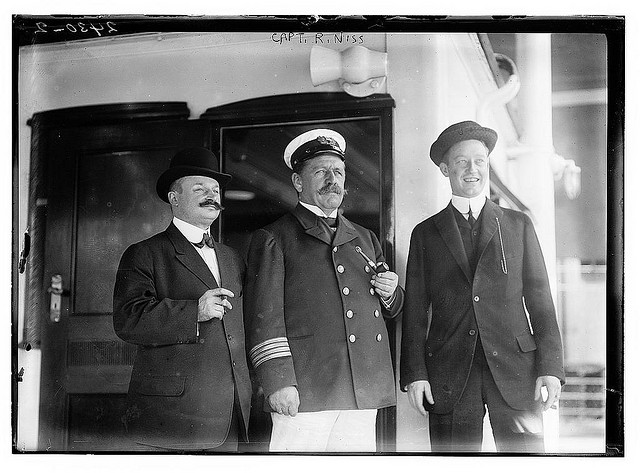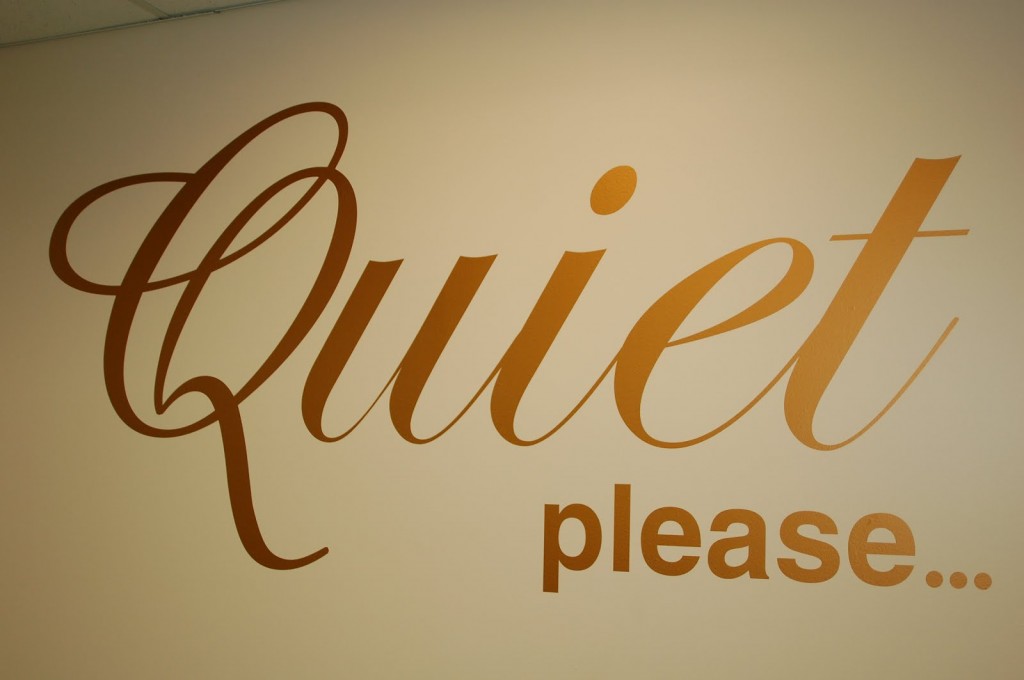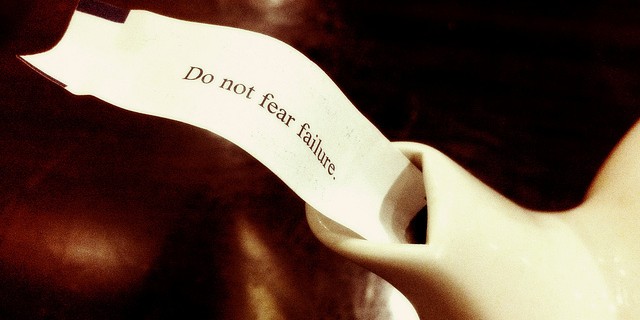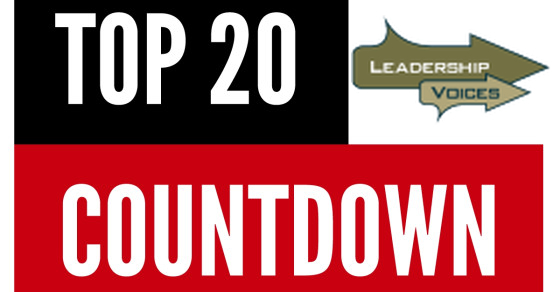
“There is a loneliness in all aspects of leadership.”
This is a line from a speech given by a man named Gordon B. Hinckley to a group of students and faculty at Brigham Young University in November of 1969. I will not debate the theology of that institution. Nor will I debate the incidents that gave rise to Mr. Hinckley making the statements that I find so fascinating. But rather I would ask you to consider the impact of that statement on those of us who would be leaders.
At the point that he delivered this address, BYU was embroiled in a great controversy. For those unaware, the BYU football team had recently been to Laramie, WY to play the University of Wyoming at War Memorial Stadium. Fourteen black football players had planned to wear black armbands as part of their uniform to protest the policy of the LDS church that many considered to be racist. These same fourteen players were dismissed from the team on the evening before the big game.
Now consider some more words from Gordon Hinckley about the loneliness of leadership.
“It was ever thus. The price of leadership is loneliness. The price of adherence to conscience is loneliness. The price of adherence to principle is loneliness. I think it is inescapable. The Savior of the world was a Man who walked in loneliness. I do not know of any statement more underlined with the pathos of loneliness than His statement: ‘The foxes have holes, and the birds of the air have nests; but the Son of man hath not where to lay his head’ (Matthew 8:20).
There is a loneliness in all aspects of leadership. I think we feel it somewhat in this university. BYU is being discussed across the nation today because of some of our practices and some of our policies and some of our procedures, but I would like to offer the thought that no institution and no man ever lived at peace with itself or with himself in a spirit of compromise. We have to stand for the policy that we have adopted. We may wonder in our hearts, but we have to stand on that position set for us by him who leads us, our prophet.”
For the record, the policy that prohibited black males from the priesthood was rescinded in 1978. And one of the top leaders of the church at that time was none other than Gordon Hinckley.
What happened between 1969 and 1978? Many things. Not the least of which was the rapid expansion of the LDS church in South America and a new temple being constructed in Brazil. How would the policy of the day work in such a multi-cultural and multi-racial nation as Brazil? Apparently, the leadership of the church came to the conclusion that the policy was no longer feasible.
What is the point for us as leaders?
Click here to read the rest of the article »
Caring is sharing. Will you please share this with your network?











